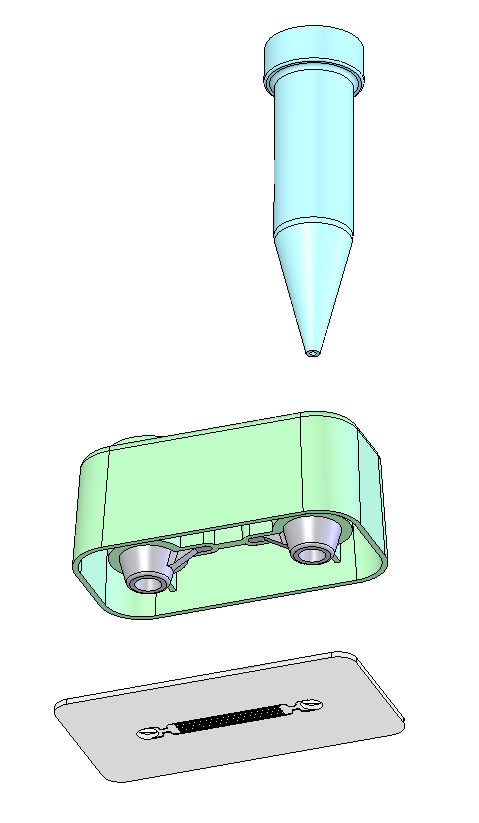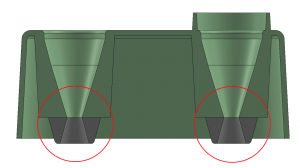If you’re reading this article, you’re probably already aware of the basics of design for manufacturability (DFM): the process of designing products to facilitate their manufacturing.
However, a more product performance focused DFM does not simply make your product moldable: it can also enhance your product’s value in terms of its function, quality, supply stability, and manufacturing cost. We could even call this “Design for Functionality”.
Unlike many manufacturers, Enplas goes beyond the basics to offer this advanced DFM when we see opportunities to help. Our customers—innovative medical industry market leaders—tell us again and again how they appreciate this customer-centric practice.
For example, many companies approach Enplas for the manufacture of elastomer fluid seals for diagnostic or medical devices. Given the intricacy in shapes and functions of fluid seals, the end product’s performance and quality may diverge greatly depending on whether it went through only basic thoughts of DFM, or a more rigorous, advanced DFM process.
The below image is a sample of an elastomer fluid seal between a fluid inlet (pipette) and a microfluidic chip. Customers’ original designs often come with two or more sealing ports with separate elastomer tips, each to be assembled as a secondary operation after injection molding. (See Figure 1 [note: this is a hypothetical design].)


Conducting basic DFM would be sufficient to ensure that this design is compatible with all injection molding processes (e.g., no undercuts, appropriate draft, and material being compatible with the dimensions and wall thickness).
After discussing the project with the customer, however, we develop a deeper understanding of their priorities for the product’s application: the seal must stay in place to avoid any leakage. Our goal is always to support our customers in achieving the best possible product value. Therefore, we might suggest the following change (see Figure 2):

This change in the design created a path (an “internal runner”) that enabled the thermoplastic elastomer to flow inside the rigid plastic and connect the two sealing ports. This change provides multiple benefits:
1) Function: Enhancing Fluid Seal Bond Strength
- The internal runner performs as though it is “bolting down” the elastomer into the rigid plastic as opposed to simply being glued externally. This makes it significantly stronger and prevents it from peeling off.
- This uses a method called “overmolding“. Overmolding takes advantage of the thermoplastic elastomers’ characteristic to chemically bond to rigid plastic surfaces. This also enhances seal strength and avoids the risk of the seal peeling off, decreasing the possibility of leakage or reagent loss.
2) Time and Cost: Eliminate Assembly Process and Reduce Lead Time to Lower Cost
- By overmolding the part, the injection molding process alone will completely attach the two materials. There will be no need for additional assembly processes or adhesives—hence no problems from assembly or adhesives during mass production.
- By combining the two tips into one elastomer seal, the mold/tools can be simplified. This also contributes to reducing cost.
Material choice is a significant consideration in DFM. In the past, Enplas has suggested using a different type of elastomer, even though the original choice may have been sufficient to make the part. In this particular case, we recommend materials that are able to fill in molds more quickly due to higher viscosity. In these cases, the change in materials has improved the stability of production quality, avoiding chance defects.
In order to suggest these changes, the injection molder must be well-versed in the characteristics of both rigid plastics and thermoplastic elastomers; have the sufficient expertise to build tools that can achieve the desired precision design; and, most importantly, have the dedication to work with customers and their complex requirements until the right solution is found.
At Enplas, we believe DFM is a way to solve difficult engineering challenges collaboratively with our customers to enhance component designs, improving product quality and performance. This makes life easy for all stakeholders: from our customers’ component design engineers and quality managers, to OEM customer production and assembly lines.
Enplas has a long history of successful collaborations with engineers at market-leading global OEMs in the medical, diagnostic, and biotech industries. Have a design ready for mass production? Contact us.
